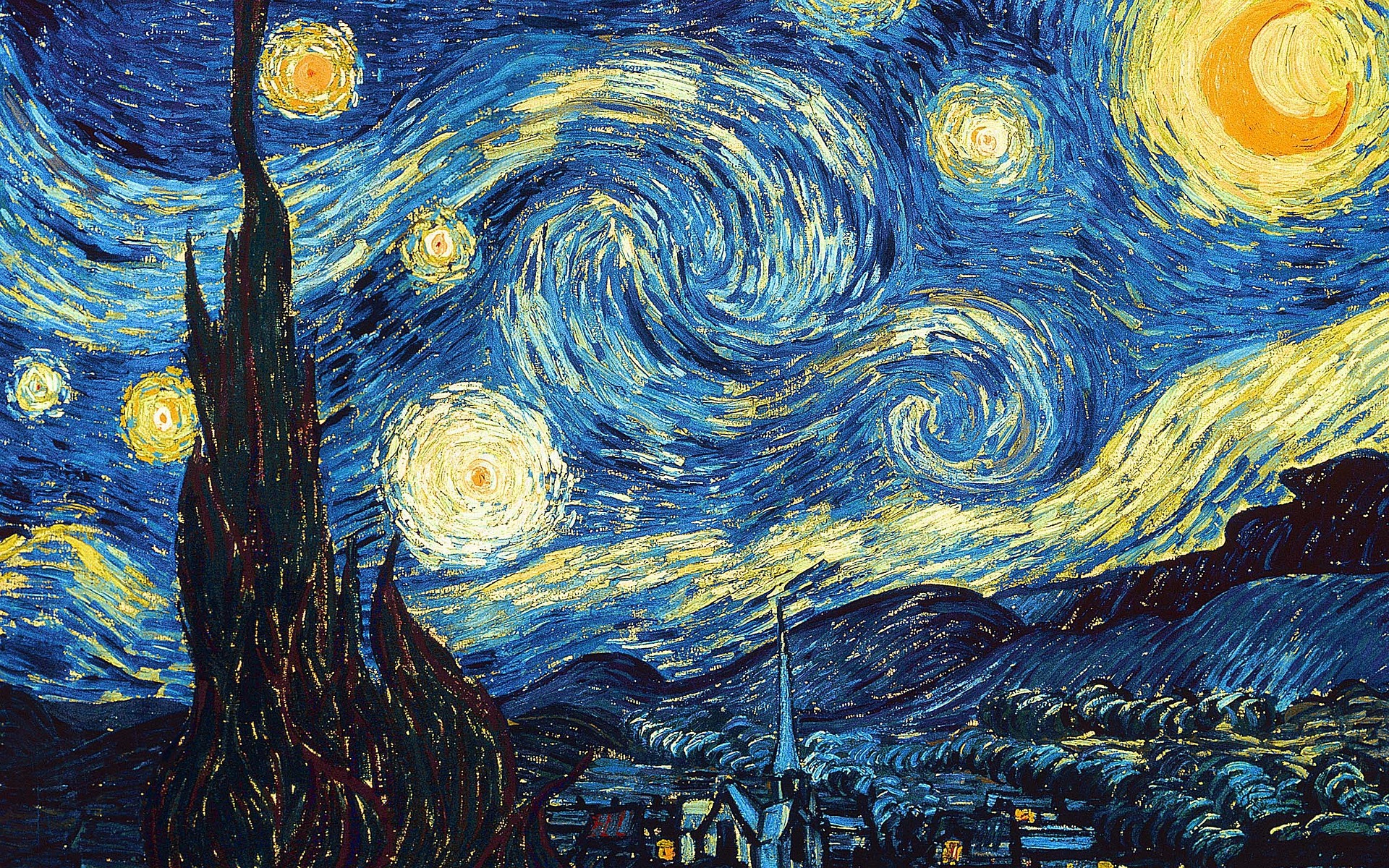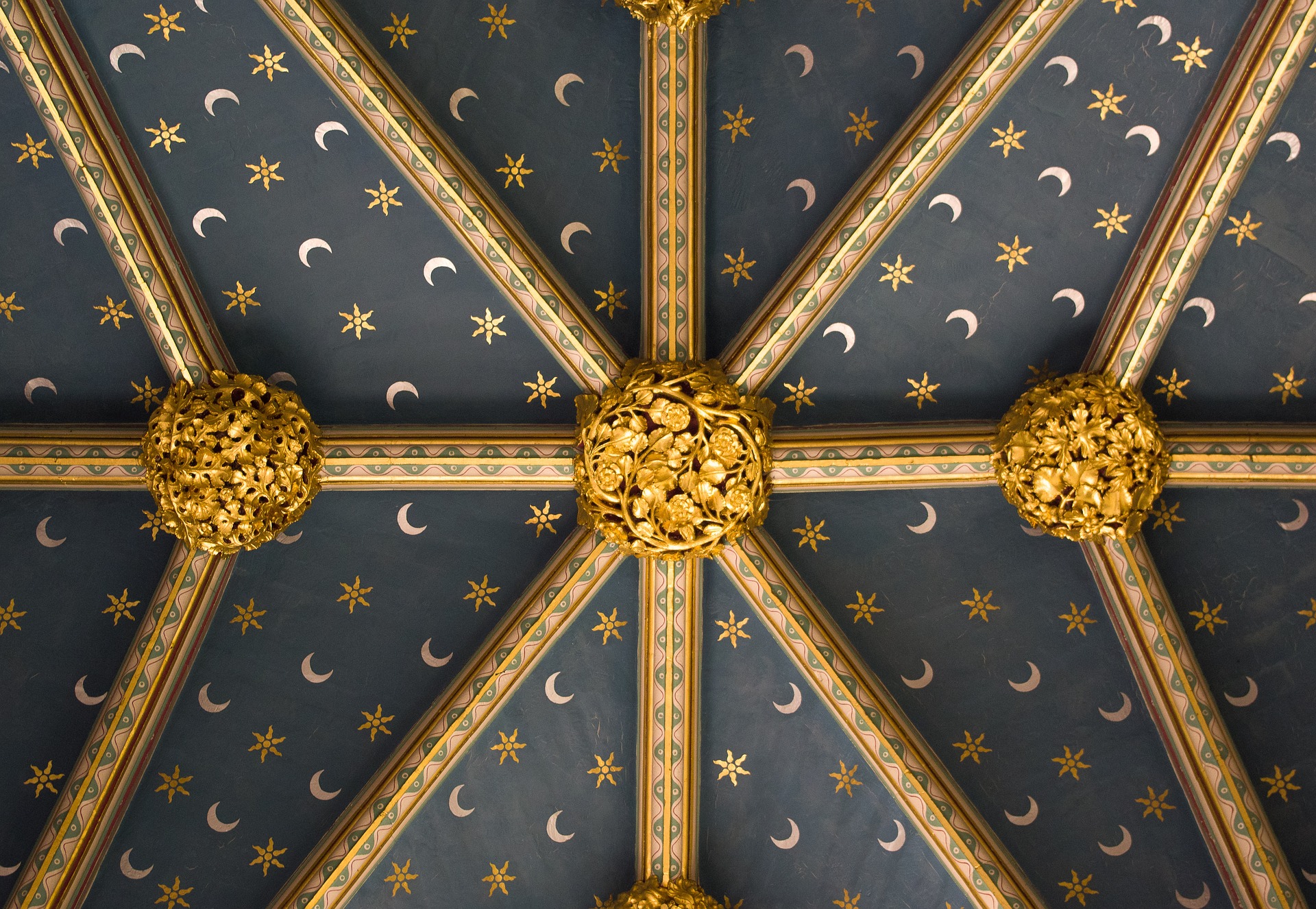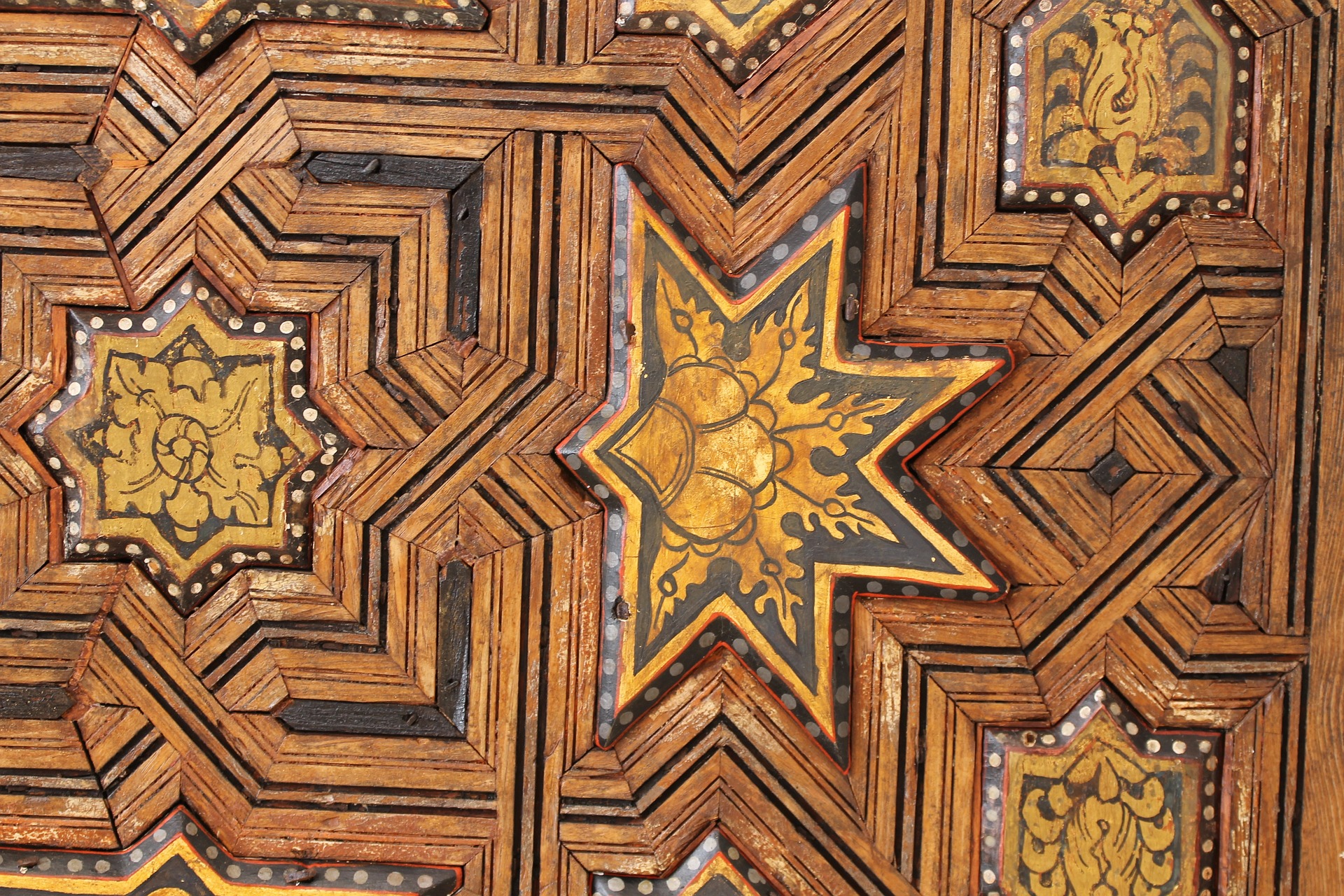Passion of the people – 1.2.4
Stars in cultural history
Stars in literature and dramatic art
Stars and the use of star names are part of the repertoire of literary and theatre history of all peoples. The immense range of the genre extends from Homer’s Illiad (8th century BC) to the science fiction literature of the 21st century. Star themes can be found in fairy tales, novels, plays, and poems. In literature and plays, stars are signs and bringers of light, comforters in dark nights, piercing the darkness and participating in the constant struggle between forces of light and darkness. They symbolise hope, for they glow in the dark and act as signposts.
Stars in art and handicrafts
Painters from many different eras throughout history have portrayed the sky at night and the planets in different ways, with some focusing on the bright stars and constellations. Others have worked to depict the mysterious nature of the moonlight and how it transforms our world into a new spectacle compared to the sun’s brightness. From Tintoretto’s painting of the mythical origin of the Milky Way to a star map by Albrecht Durer; from Italian Renaissance tarot cards of the planets to van Gogh’s starry sky pictures and Claude Monet’s “Impression: Sunrise” (the painting from which Impressionism got its name).
Stars run throughout art history as part of the ornamental canon, from decorations on medieval book art and in ceramics to their use in contemporary textile art. In contemporary art and design, the star is often used as a symbol of something beautiful, good, and positive.
Stars also find artistic use in heraldry as symbols for individual states (see the European flag) and in Christian symbolism. The Christmas star, for example, is a Christian symbol that is supposed to represent the Star of Bethlehem.
Stars in architecture
Stars as decoration and as metaphors are also used in architecture. From the starry skies in Gothic churches to the stylised star motifs in Art Deco architecture (20th century), stars as ornaments run through the history of architecture. The starry sky in churches was intended to provide a view of infinity and to heighten awareness of the finite nature of life. In Islamic architecture, the star plays a prominent role, examples of which are the Alhambra in Granada/Spain, the King’s Mosque in Isfahan/Iran, or the Taj Mahal in Agra /India.
In addition to their aesthetic function as decorative accessories, stars are subject to meanings that were familiar to people from their religious tradition.





Further resources
Links below will redirect you to external websites. In accordance with the European data protection declarations, we would like to point out that by clicking on these links you may send data to external providers. We cannot prevent that.
Videos
![]() Cultural Astronomy: The Importance of Starry Night Skies for People Across Time & Place
Cultural Astronomy: The Importance of Starry Night Skies for People Across Time & Place
![]() What happens when art and astronomy meet?
What happens when art and astronomy meet?
![]() Astronomy and architecture: a very early connection
Astronomy and architecture: a very early connection
On line resources
![]() A blog article about seven pieces of art inspired by the night sky.
A blog article about seven pieces of art inspired by the night sky.
![]() This article is about the 1889 Van Gogh painting
This article is about the 1889 Van Gogh painting
![]() 10 most famous night sky paintings
10 most famous night sky paintings
![]() 10 of the best poems about stars
10 of the best poems about stars
Further readings
![]() Time’s Purpled Masquers: Stars and the Afterlife in Renaissance English Literature
Time’s Purpled Masquers: Stars and the Afterlife in Renaissance English Literature
![]() The Sun, the Moon, and the Stars: Art, Literature, Science & Mythology
The Sun, the Moon, and the Stars: Art, Literature, Science & Mythology
 Sonne, Mond und Sterne in der deutschen Literatur seit dem Mittelalter
Sonne, Mond und Sterne in der deutschen Literatur seit dem Mittelalter
 Clévenot, Dominique und Gérard Degeorge: Das Ornament in der Baukunst des Islam
Clévenot, Dominique und Gérard Degeorge: Das Ornament in der Baukunst des Islam
Teaching Material
For Kids
